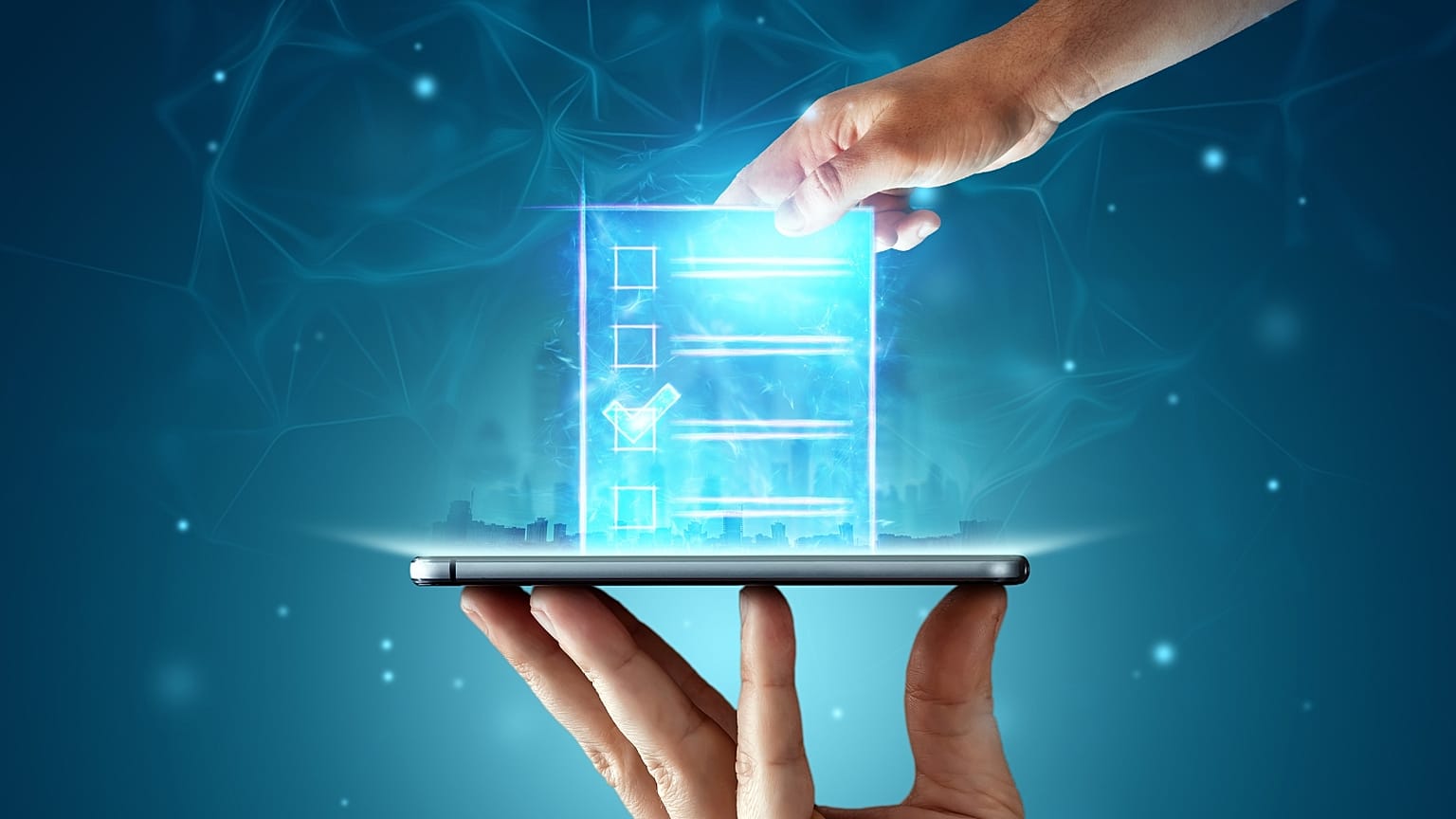Electronic voting systems require constant investment and assessment, but how safe are they and who is using them?
In 2024, about half the world's population will determine the future of their countries in the biggest election year in history.
Behind the loud scenes of political campaigns, electoral systems will have the responsibility of ensuring free and fair ballots.
"The goal isn’t just to have a secure system, but to have a secure democracy," Dr David Dueñas-Cid, an associate professor at Kozminski University in Poland, told Euronews Next.
In June, Europeans will elect their Parliament based on 27 different systems and by then, Portugal, Slovakia, North Macedonia, Lithuania, Iceland, and Belgium will already have held national elections.
Only a minority of these elections will be using technology in its process, be it to cast a vote, count ballots, or check voter databases.
"In 1999, people would’ve said that the future is Internet voting, but we are in 2024 and not so many countries are voting online," said Dueñas-Cid.
He believes technology will eventually trickle into all elections, and that "there is no technical system that is one hundred per cent secure".
What is e-voting and who uses it?
Countries trialling electronic elections usually start with citizens living abroad because compared to paper-based voting, technology speeds up counting, suppresses invalid votes, and makes it easier to cast a ballot.
In 1982, however, the southern Indian state of Kerala trialled electronic voting in local elections. The poll would eventually be annulled and recast on paper due to legal concerns, but today, the world’s biggest democracy uses electronic devices extensively, with paper votes confined to remote areas.
By May this year, over 986 million Indians will elect the country’s lower parliament using direct-recording electronic (DRE) voting machines at polling stations, which register votes immediately, aren’t connected to the Internet, and print out receipts.
While the reliability of DREs has been questioned in the past, they are the most widely used electronic system, according to the International Institute for Democracy and Electoral Assistance.
For Oliver Väärtnõu, CEO of tech company Cybernetica, using electronic voting machines is a step towards Internet voting, which can be done online, on any device, and from anywhere.
His country Estonia has been pioneering online polling since 2005.
"We have the most advanced voting method in the world with Internet voting, and the most common or archaic way, with paper voting," said Väärtnõu, whose company designed Estonia’s software i-Voting.
How secure is Internet voting?
"It's not a system you build once and let be for ten years," Väärtnõu, told Euronews Next.
"Estonia is constantly working on upgrading its Internet voting. We are modifying the software, we are looking at the security, we are assessing what is happening in the world and looking at whether it's impacting our Internet voting solution," he added.
In 2022, Estonia allocated €30 million to state digital information systems and to this day, the country has never detected malware or vulnerabilities during elections. But other countries can't say the same.
Some parts of Switzerland adopted Internet voting in 2004. Fifteen years later, public testing uncovered flaws in an updated software, and the deployment of online voting was halted until March 2023.
"The flaw identified concerns the implementation of universal verifiability, a way of determining by means of mathematical proofs whether votes have been manipulated," said the authorities when hackers spotted the weakness.
Today, cryptographic algorithms (used for encryption and authentication) are responsible for making sure votes aren’t changed without anyone noticing, and Internet voting source codes are publicly available.
But flaws in online voting also include casting a vote in a coercive environment and a conflict of interest between software developers and the government’s electoral body.
For experts, it all comes down to the same concern: trust.
"Trust is very, very critical in voting. People aren’t distrusting the technology so much as they are distrusting their governments," Estonian cyber expert Väärtnõu said.
The future of voting
Still, some countries with disputed democratic track records are switching to e-voting.
In an election with no "remaining significant challenger," some Russians will be able to choose their president on an electronic system for the first time in mid-March, while Turkey, which had "free but not fair" elections last March according to international observers, has announced it has developed its own DRE machines.
Other countries such as Norway and Mexico – which will allow electronic voting in the upcoming June 2024 presidential elections for citizens living abroad – are also looking into integrating the technology into elections. To all countries making the switch, expert Dueñas-Cid recommends "taking it easy".
Switching to electronic voting is difficult: some political parties believe technology can affect ways of voting and shift power dynamics, while changing election habits is complicated because people are very used to the system in place, according to the expert.
For the first time last year, just over half of Estonians cast their ballots online, but it took nearly thirty years for just over 300,000 citizens to use the Internet in elections (Estonia has a population of 1.3 million, about half of which is registered to vote).
In 2000, George W Bush won the US presidential election against Al Gore thanks to an extremely small lead in Florida. To make matters trickier, some counties in the state had issues with the counting of punched paper ballots.
Following the mishap, the Help America Vote Act was introduced in 2002 so the whole country could upgrade voting technology.
The use of electronically scanned paper votes (with hand-marked ballots) and DREs (without paper receipts) soared in the early 2000s, according to the Verified Voting Foundation, which studies the impact of technology on US elections.
About 15 years later, paper made a comeback with DREs cast as insecure because they offered no paper proof. Today, the country uses an array of methods, with hand-marked paper ballots prevailing.
Still, the future of voting remains uncertain.
"Are we going to digitalise the whole voting process? Are we going to keep paper ballots but digitalise the rest?" Dueñas-Cid said.
"Let's see, I don't know, but what for sure is happening is that technology is getting more and more relevant, and we need to be very aware of not only the potentiality it can bring, but also the possible problems that it might entail".


















